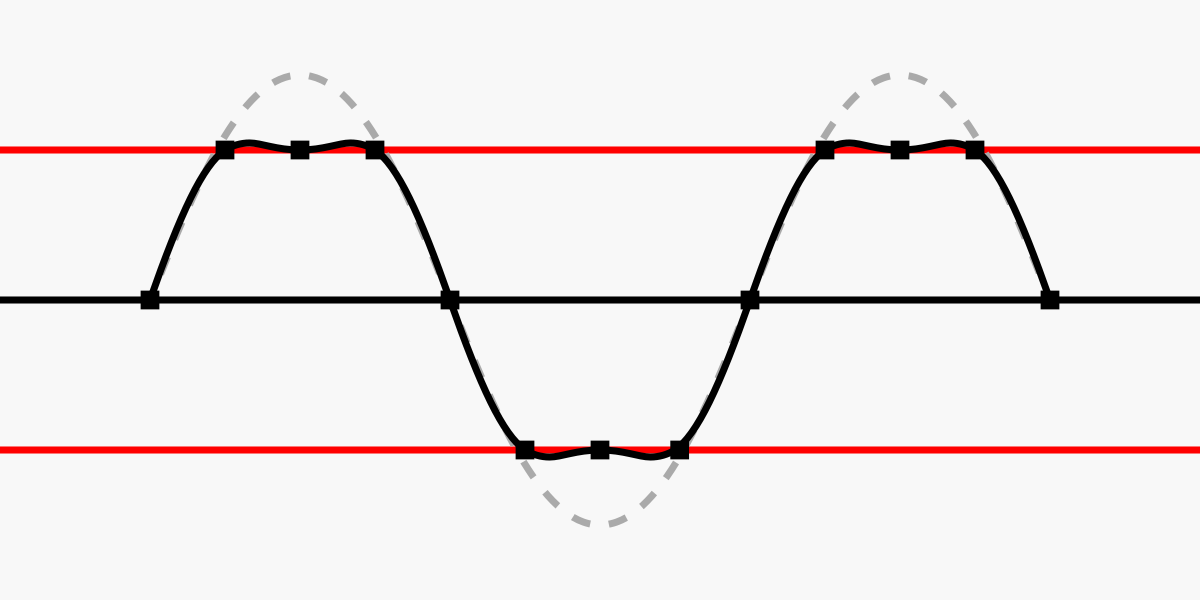@peng Would you please be so kind and also drop the formulas used? I want to recalculate that to 2x 4ohm speakers (JBL A130, 86dB sensitivity) and me sitting ~4m distance from the speakers with AMP volume mostly below 70dB to see if I am in the clipping region or not.
The easy first step could be to simply use an online calculator such as the following:

www.crownaudio.com
For the speaker's sensitivity, 86 dB/2.83V/m is equivalent to 83 dB/Watt/m, that's because Power = (V^2)/R, so for a 4 ohm load, the power output into 4 ohm will be double that into an 8 ohm load.
Now use the calculator in the first link above, if you input 83 dB for sensitivity, 4 meters for distance, that is about 13 ft, and 2 speakers as you wish, you will see that 105 W (the rated output of the AVR-X3700H) you will get about 94.3 dB, assuming no room gain. 105 W average means the peak will be 2X105 W = 210 W so the peak SPL will be 94.3+3 = 97.3 dB.
To the 2nd part of your question, that is, with the AVR volume at 70 dB, to see if you are in the clipping region or not it gets a little more complicated:
First of all, you will have to know the trim level setting if you did run auto setup/Audyssey, because it will affect the overall "volume". Let's assume the trim levels for all channels are 0, then from Amir's measurements, the Pre out voltage would be about 2 V at volume setting of 82.5.
We know the gain of the Denon's internal amps is about 29 dB, to calculate the Vo (power amp output) from Vi (preamp output = Power amp input), you can use the formula:
Vo = Vin X V gain factor,
V gain factor = 10^( Voltage gain in dB/20) = 10^(29/20) = 28.18, so Vo = 2 X 28.18 = 56.36 V
Power output, Po = (Vo^2)/R = 56.36 X 56.36/4 = 822 W for a 4 ohm resistor load.
Remember that would be at volume 82.2. If you turn it down to 70, you can calculate the corresponding output voltage using the formula below:
Po = 822 X 10^(70-82.2)/10 = 46.24 W into 4 ohms or 23.12 W into 8 ohms
You can see that at volume setting 70 you won't be clipping because Amir's tests were based on the input signal at 0 dBFS, whereas for movies, if you go by THX standard, 0 dBFS already assume a 20 dB peak for movies that are recorded to -20 dBFS average.
Note: The results obviously depends on the input voltage that in turn would depend on the recording levels of the media contents, the calculations shown above are based on using digital input signal at the so called dBFS level.

en.wikipedia.org
I've seen several threads on Internet forums about measuring THX Reference Level on our domestic audio equipment from home. A very good article about the THX Reference Level would be http://www.acousticfrontiers.com/2013314thx-reference-level/. A very good read would be...

www.audiosciencereview.com
Keep in mind, every time you turn the volume up by 3 dB you will be doubling the output power so if you set the volume to say 77, or -3 on the relative scale, you will be clipping for sure during peaks.
I am not good in presentation unless I get to spend some hours preparing, if you want to see all the related formula online, the website linked below is probably one of the best:
Calculator damping loss and dB amplification factor gain decibel amplifier audio engineering microphone recordings calculation ratio - sengpielaudio Eberhard Sengpiel

www.sengpielaudio.com




